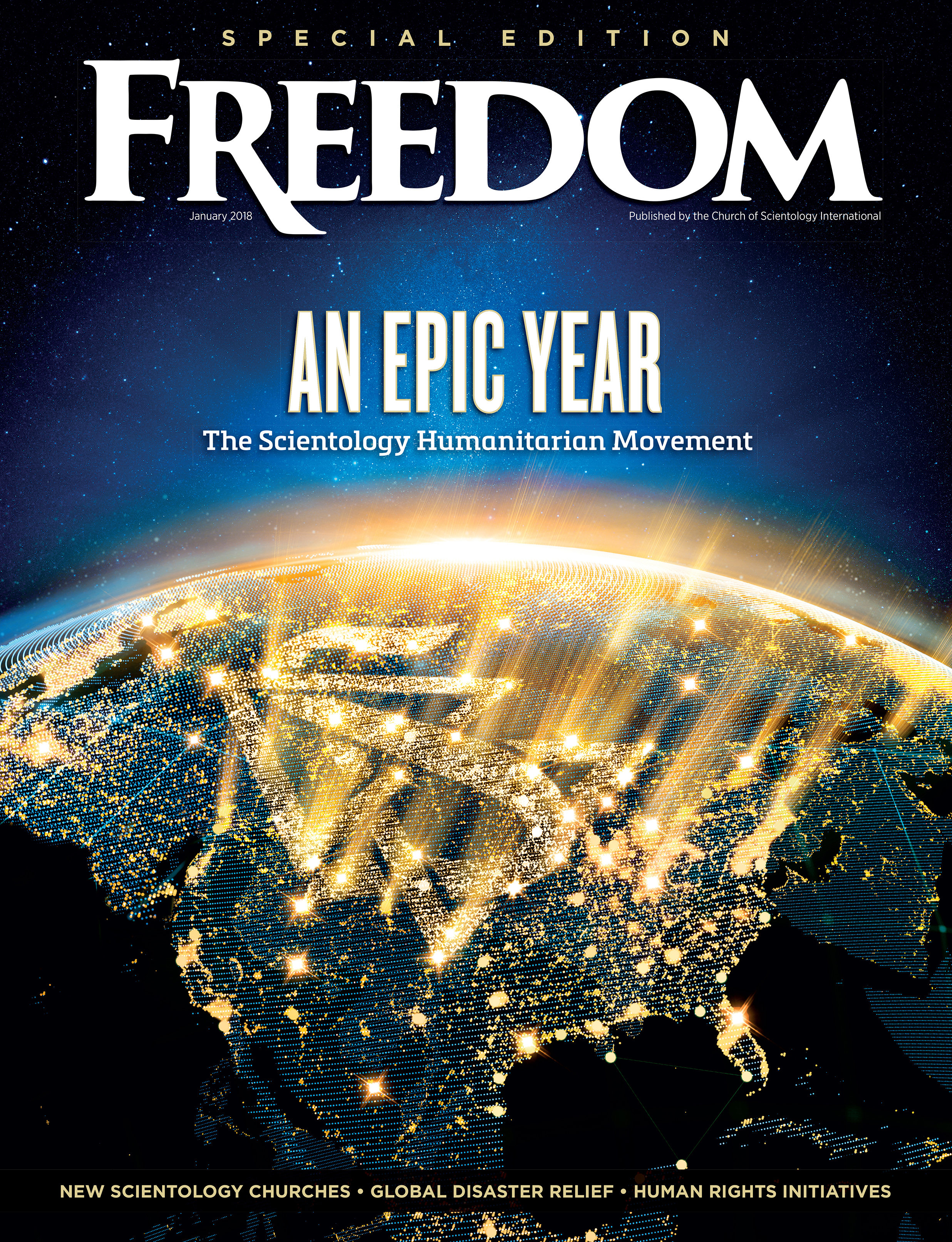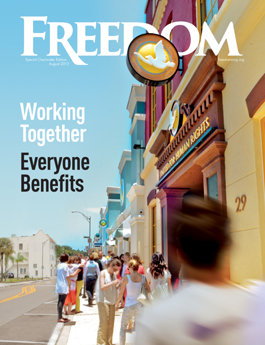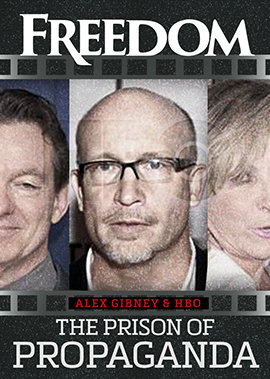That man was just one of the 547 arrests made by the Los Angeles Police Department (LAPD), LA County Sheriff’s Department, the Long Beach Police Department and others in a weeklong anti-human trafficking operation that ended on the first of this month.
Operation Reclaim and Rebuild, an annual statewide initiative carried out this time of year, involved more than 100 law enforcement agencies throughout California, and rescued nearly 180 adults and minors believed to be victims of human trafficking.
“Human traffickers are essentially modern-day slave masters.”
The minors rescued in Los Angeles County included 12 juveniles aged 14 to 17 who are now in protective custody and receiving support.
“These numbers represent a life reclaimed, a future restored and a victory for justice,” said LAPD Deputy Chief Alan Hamilton. “Behind every statistic that we’re discussing here is a person [and] every arrest and every rescue is a step closer to dismantling the networks that prey on the most vulnerable.”

Those arrested face years behind bars. Derran Adkins, age 27, for example, is charged with “human trafficking of a minor for a commercial sex act by force, fear, fraud or threat of injury,” “personal infliction of great bodily injury during the commission of these offenses” and a third-strike sentence on the current charges based on his prior felony convictions.
He faces 70 years to life, plus 20 years in state prison.
“Human traffickers are essentially modern-day slave masters who should be on clear notice that we will find them, arrest them, prosecute them, and seek maximum time behind bars for their despicable acts of preying on young girls and boys,” said Los Angeles County District Attorney Nathan J. Hochman in announcing the arrests. “This is not a threat but a promise.”
Operation Reclaim and Rebuild is the latest in a series of national and international law enforcement sweeps against human trafficking.
In Sacramento last fall, Operation FAFO (Fool Around and Find Out) netted 122 arrests and the rescue of two minors being trafficked for sex. A month earlier, a Florida operation ended in 148 arrests and seven victims rescued. And last September and October, the International Criminal Police Organization, with support from the United Nations Office on Drugs and Crime, carried out the largest-ever operation against human trafficking across 116 countries and territories over a period of less than a week—arresting 2,517 and rescuing 3,222 across 116 countries and territories.
The enslavement of human beings by other human beings is, according to UNICEF, the second most profitable illegal trade in the world. Now a worldwide $236 billion industry, it is one of the fastest-growing crimes on Earth. On any given day, 50 million people are victims of modern slavery—forced into work or forced into sex. That’s six out of every 1,000 human beings.
Kaylie Gilbert, an Illinois nurse and care manager speaking to a town hall meeting about the suffering she had witnessed firsthand, told her hushed audience, “Trafficking doesn’t discriminate. It can happen to anybody. It doesn’t matter what kind of socioeconomic background you have, what kind of religion you are, what race you are. It can happen to all of us.”
The plague is so ubiquitous that billboards, PSAs and social media platforms containing human trafficking warnings now dot America’s cities and cyberspaces. Many are sponsored by A21, a global nonprofit dedicated to fighting human trafficking, as part of its long-running “Can You See Me?” campaign to raise public awareness of modern-day slavery.
Only an all-out, all-hands-on-deck assault can stem the tide of human trafficking. Law enforcement, nonprofits and the parents of children who could one day become victims of trafficking are counting on the public’s help—people like you and me.
Will enough people care enough to be alert enough to recognize, realize and report? As advocate and author Andrea Powell says, “We need a total revolution of compassion.”






















